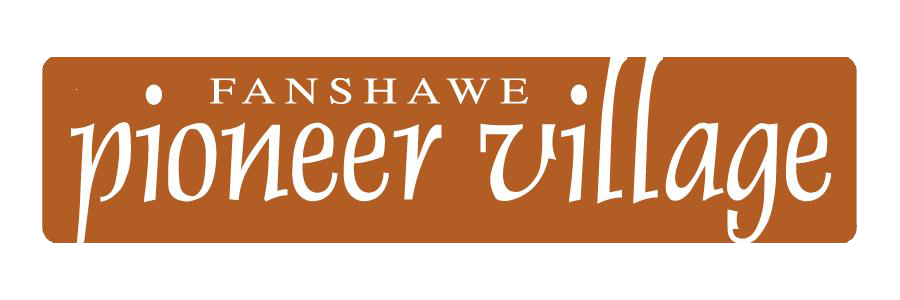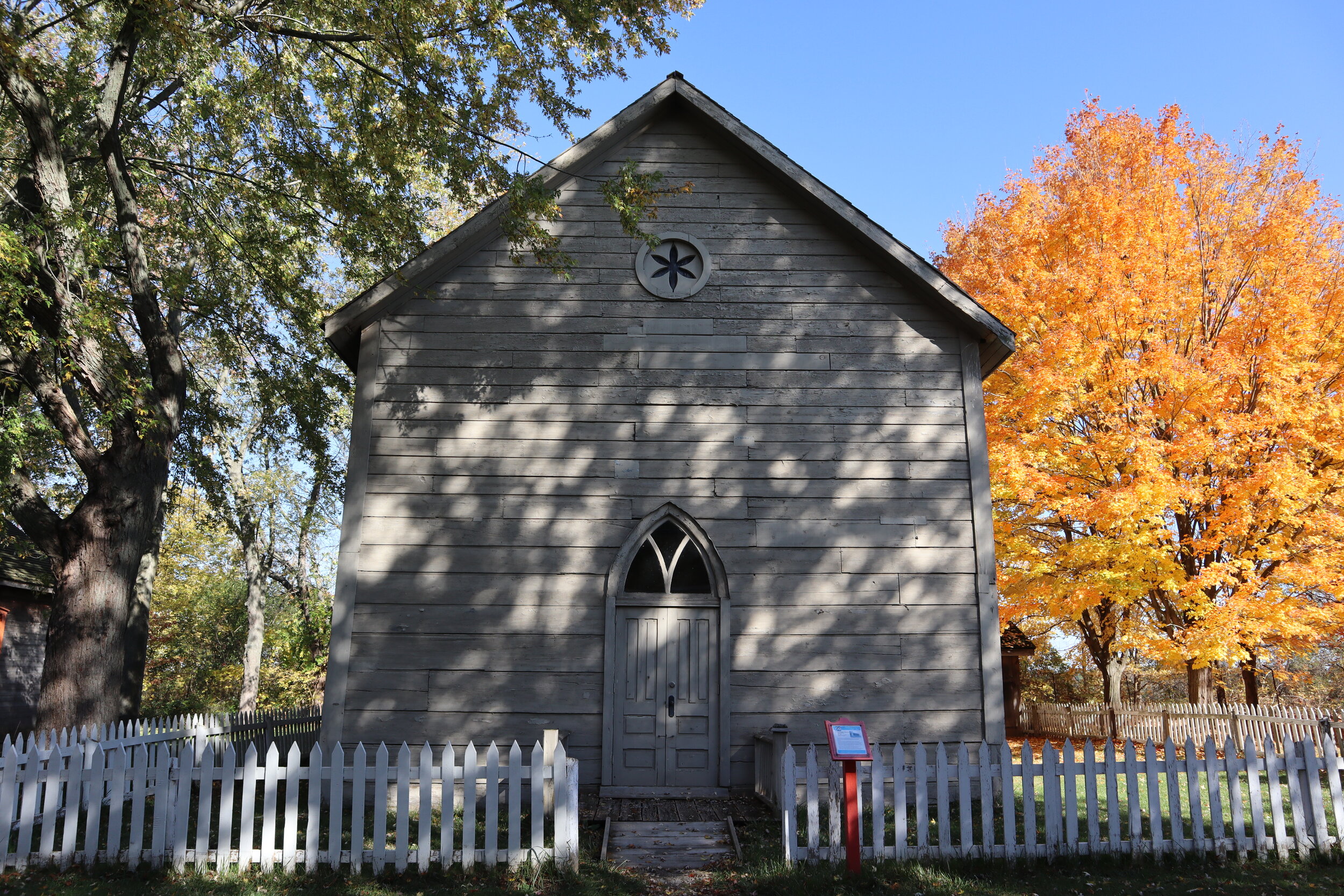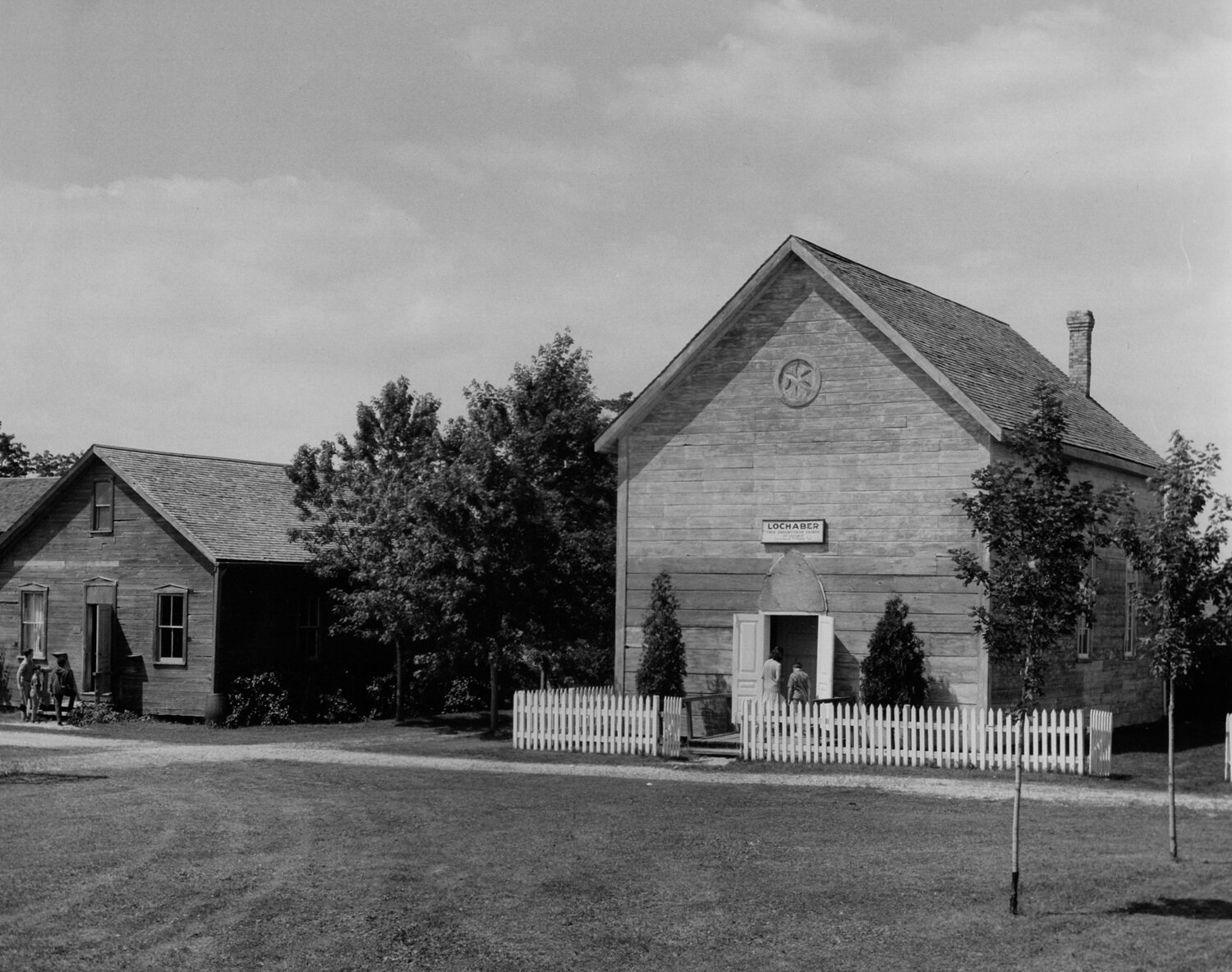Lochaber Church
Original Building
East Williams Township
Middlesex County
Built 1884
The founders of Lochaber Church were originally members of the Presbyterian Church. The devout Scottish congregation upheld their traditional beliefs, remaining outside two reunifications of the Presbyterian Church in Canada in 1861 and 1875. In 1883, many members of the original congregation left after their leader, Reverend Lachlin MacPherson, resigned due to illness. The remaining 27 members established their own separate church in 1884, originally called the East Williams Free Church Congregation, and then from 1912 on, Lochaber Free Presbyterian Church.
The original building was never painted. Its undecorated style reflected the group’s beliefs of simplicity and purity of worship. Services were held in both Gaelic and English until 1904, and musical instruments were not permitted inside— a custom still maintained by the Village.
Practicing one’s faith was an important part of life in the 1800s. As communities grew, constructing places of worship was often a priority. They provided spiritual support and also served as social venues through which members could mingle with neighbours. At this time Christianity had become the dominant religion in Canada, with many different denominations arriving. The freedom to practice one’s chosen religion was one of the draws of immigration to Upper Canada. However, this open policy would change over Canada’s history for many religious and cultural groups.
Known colloquially as “oatmealers,” because of their plain, unembellished services, Free Presbyterians attended multiple weekly sermons, some lasting for several hours. It is rumoured that the seats were purposely made erect and uncomfortable to discourage worshippers from drifting off during church and that if one did manage to doze off, an usher with a wooden stick would soon correct the situation with a tap on the offender’s shoulder.
Religious Diversity
In 1848 the African Methodist Episcopal Church, known locally as the Fugitive Slave Chapel, was built. Churches played an important role in aiding Freedom Seekers on the Underground Railroad, and helped them adjust to their new life in Canada once they arrived in communities like London.
In the late 1860s a Jewish community began to take root and steadily grow in London.
By the 1870s many of the Scottish, English, Irish, and Welsh families of Middlesex County had begun to intermarry along religious lines.
The Riel Resistance of 1885 led to increased racial and religious tensions across the country.
Building restoration supported by Community Infrastructure Improvement Fund, Federal Economic Development Agency for Southern Ontario.









